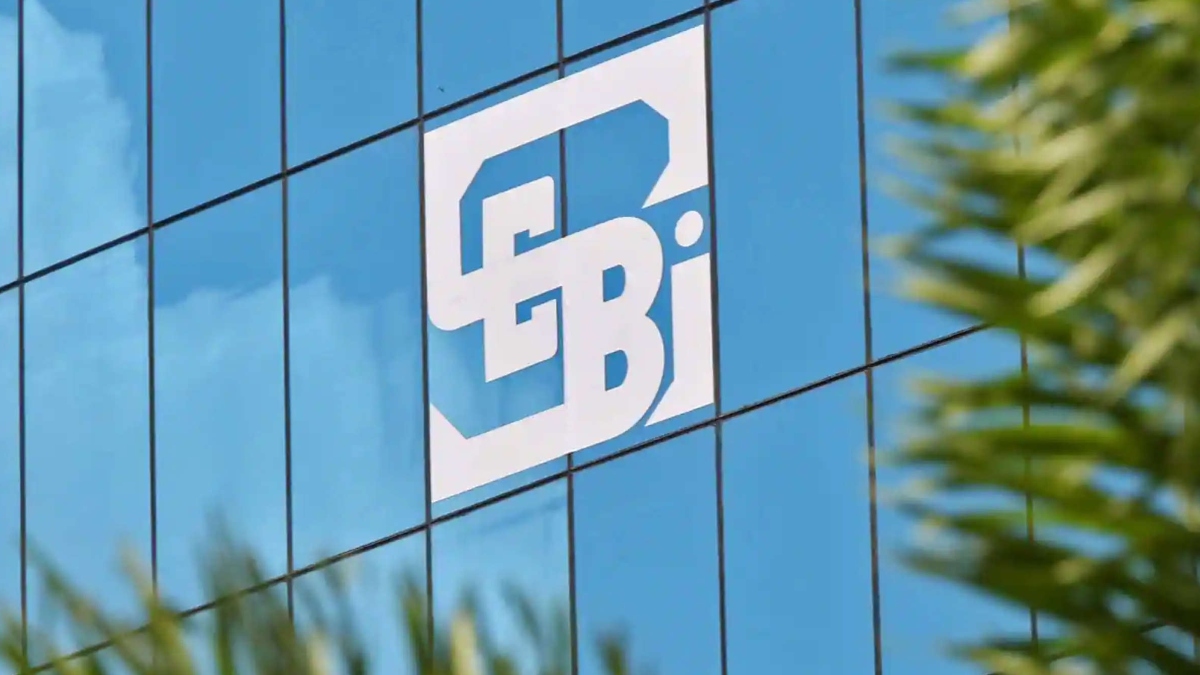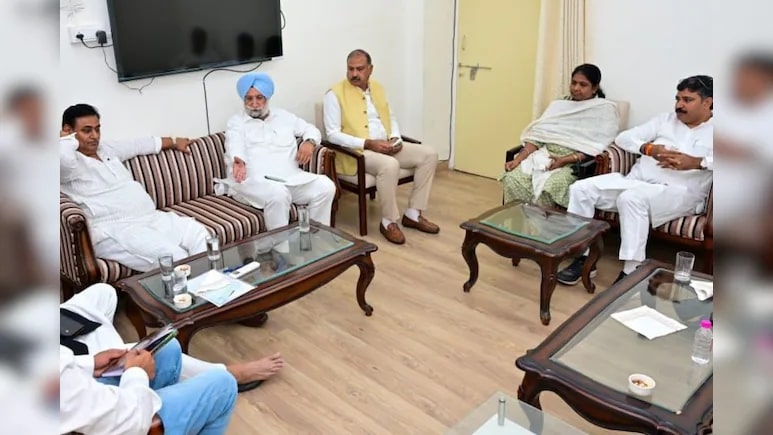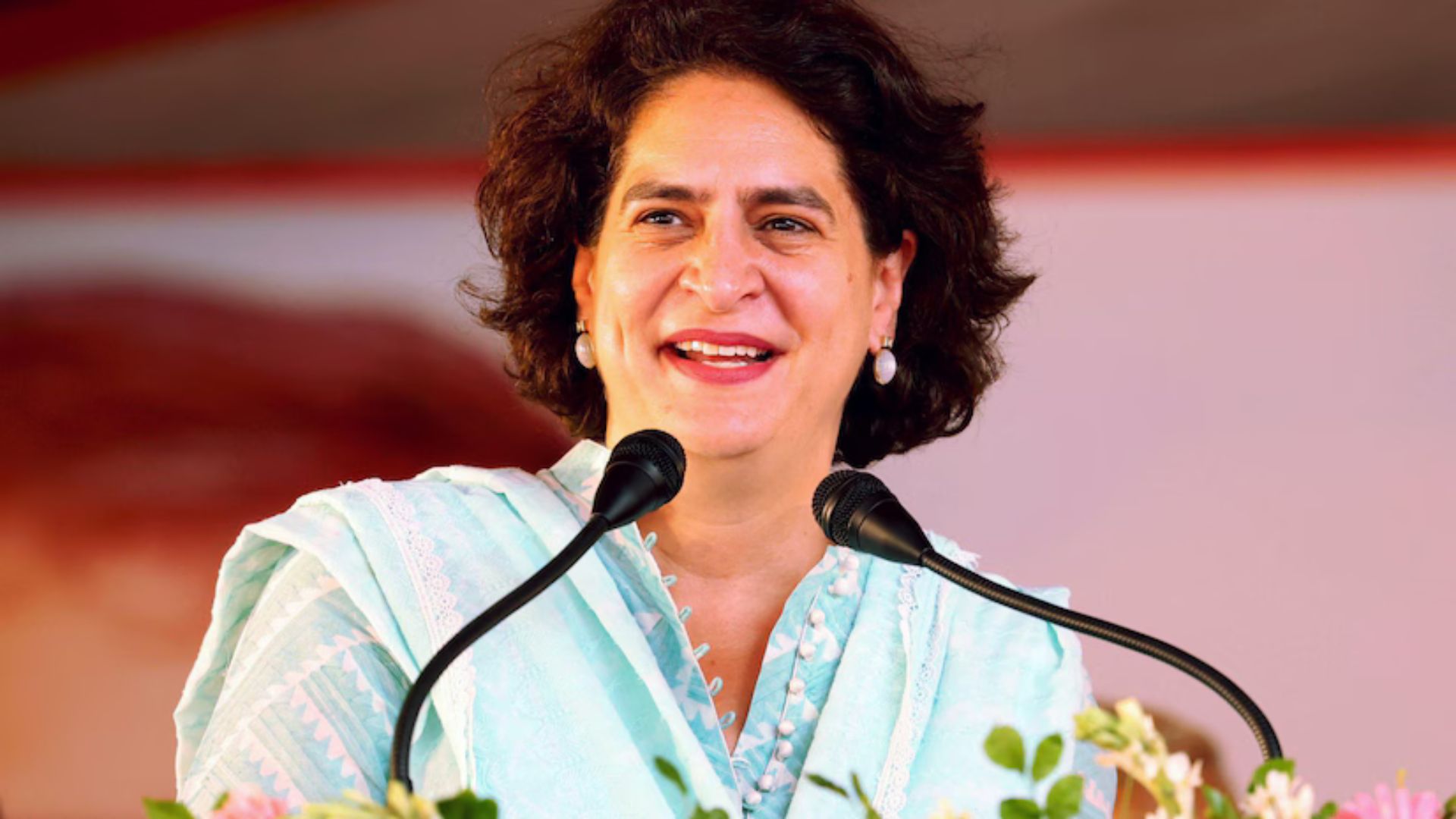
INTRODUCTION
Establishing a brand requires several steps, among which trust is the most significant aspect. A strong distribution channel, suitable investors, credible sales and marketing heads, and candidates with the right skill set are all needed. Maintaining an established brand, however, is another matter. The brand owner needs to have the trust and interest of the consumer to successfully expand into other businesses. Therefore, it is at this point that the brand owner needs the most money and interest from you. The IPO provides the opportunity for that.
The expansion of a company requires money. This can be accomplished by borrowing money or by issuing shares. It must invite public investors to buy shares if they choose the second route of issuing shares. Known as the Initial Public Offering (IPO), it is the company’s first public offering on the stock market. A person who purchases these shares makes an IPO investment. Owning shares of a company has a direct correlation to ownership in it. Once the stock is listed, it becomes a part of the stock market. A stock exchange permits to trade company’s existing shares in the company or buy more.
HISTORY OF SEBI WITH IPO ISSUE RULES
In 1988, the Securities and Exchange Board of India, or SEBI, was incorporated. This body is responsible for regulating the Indian capital markets and securities. On 30th January 1992, the SEBI Act of 1992 handed statutory powers to SEBI and declared it an autonomous body. An IPO is a highly anticipated event. A big opportunity may arise or it may turn out to be a money-losing investment. An investment bank may overhype some IPOs, resulting in losses in the initial stages. In general, IPOs are known for their short-term gains in trading. Investors often seek out IPOs that offer discounted prices in order to benefit from opening day returns, which can attract investors.
Markets for IPOs have changed since the dot-com era. The number of companies going public through a traditional IPO has declined over the past twenty years, as more companies choose mergers and acquisitions as an exit strategy instead. A second result is that money-losing IPOs have raised an abundant amount of cash, with investors valuing these IPOs highly. Unprofitable firms seem to continue to go public through IPOs despite their low profitability. Finally, IPOs did well in 2020 despite the impact of the COVID-19 pandemic and its economic effects. IPOs were even better than the dot-com bubble. It is likely that most of the hot period can be attributed to the boom in special purpose acquisition companies (SPACs) or direct listings, two alternatives to IPOs that have changed the way companies go public. There are many questions raised by this disruption of the traditional IPO market, which creates research opportunities to better understand this process across the globe.
Let’s look into the popular milestones that shaped IPO’s journey in India. With Zomato’s spectacular stock market listing, more supplementary firms or businesses may be able to gain money from public markets. As a result of a new law that forced multinationals to offer shares to the public in the late 1970s, Reliance Industries revived India’s primary market. Since then, India’s primary market has undergone many changes. The primary capital markets have been reshaped by four key events since then. These initiatives have accomplished various objectives, such as increasing the pool of companies, becoming a reference for future regulation changes, or expanding the community of investors.
1) RELIANCE DEBUTS
As early as 1977, Reliance Industries Limited (RIL) issued publicly traded shares. It was priced at par value for an issue size of *2.82 crores. By doing so, RIL played a significant role in encouraging individual investors to invest in equity. His business was expanded through public capital, as Dhirubhai Ambani did actively. It became a grand affair for RIL’s annual general meetings, as small investors poured in. Between 1991 and 1993, Dhirubhai launched four major public issues as a result of this popularity. These were all brand new projects. While they generated a thumping response, neither of them delivered exceptional results. RIL merged all of these companies within a few months, with terms favouring the promoters. Nevertheless, RIL has maintained its attraction for small investors.
2) THE WILD 90S
Liberalism expanded the primary market along with RIL. In April 1992, Sebi was established as the capital market regulator. Capital controller of issues was abolished about four months later. In addition to deciding an issue’s price, the CCI was a government body. As of now, companies are free to price their securities and raise capital, and only need SEBI’s approval. During the early days of free pricing, many excesses were committed. Primary markets were flooded with companies looking to raise capital. Promoter’s wealth was accumulated through the capital raised. These companies have long ceased operation. As a result of these excesses, rogue companies and bad practices would be protected against in the future.
3) IT LISTINGS
In 1993, Infosys was one of the new issuers. It sold a small number of shares. With the opening of the Indian economy, new businesses emerged. Offshoring to India was among them. Several Indian software companies convinced US clients to outsource business processing and software development to India at a lower cost. The two leading companies were Infosys and Wipro. A number of IT companies have grown, gained bourse listings, and formed. Infosys, Wipro, and TCS were the companies that captured investor imagination. The BSE Sensex today contains 30 stocks, 13 of which have been listed for more than 25 years. With a compounded annual return of 35%, Infosys provides the best shareholder returns among this group.
4) OPERATION
CLEAN-UP
Investors expanded their pool with each success story like Infosys. During this period of market evolution, the rules also changed as a result of fraud. In 2005, for example, several entities opened thousands of fake depository accounts to increase allotments to public issues with the IPO Demat scam. There was a gradual review of checks and balances after the 1990s excesses. Almost every aspect of an IPO was affected by the change in rules. In addition to financial statistics, the track record of the company, disclosures required of the promoters, and a shareholding minimum for the public so that a sufficient number of shares are in circulation, institutional investors were reserved to ensure their participation, and a code of conduct for advertising was required. In comparison with the early nineties, the number of issues has decreased, but the quality has improved.
5) 2021: DIGITAL BOOM
Internet companies are scarcely present in the stock market, but Zomato’s listing could open up the market. Capital-intensive and loss-making, these companies tend to consume a lot of capital. Capital has been provided by venture capital funds to date for this perennial need. The Sebi enhanced its incentive for companies to list on the innovator’s growth platform in May. From two years to one, large investors are allowed to hold 25% of such a company’s pre-issue capital. The first to do so was Zomato. Investors respond favourably to its issue, suggesting they believe internet businesses have more growth prospects than their present loss-making status, a belief that will come under scrutiny in the market. Paytm and Mobikwik are next on the list. There are several other companies of interest waiting to jump on board too. India’s primary market story may soon have a new chapter.
GOVERNING LAWS AND REGULATIONS FOR IPOS
To qualify for listing on the Indian stock exchanges, a large company must adhere to and comply with the uniform listing agreement, the Securities and Exchange Board of India Regulations 2018, and the Disclosure Requirements. In this regard, it has been consolidated into the ICDR Regulations, as well as the SEBI Regulations for Listing Obligations and Disclosure Requirements, which have been consolidated into the Listing Regulations. According to the new amendments of 2018, SEBI will be responsible for handling matters related to prospectuses in consultation with the central government. SEBI will not until issues related to the prospectus are notified. Companies can now use the information and reports on financial information that are available under the SEBI Act, 1992.
A number of specific guidelines are contained in the ICDR Regulations, issued by SEBI, which govern the IPO. These are as follows:
• Disclosure requirements needed;
• An explanation of the various due diligence certifications that the IPO’s merchant bankers will be required to submit;
• Criteria for qualification;
• Guidelines for public relations;
• An explanation of how the IPO will proceed, including how the IPO will open and close; and
• Terms and conditions regarding the pricing of IPO.
Besides the ICDR Regulations, SEBI’s Listing Regulations specify principles, common obligations, and criteria for entities listing on a stock exchange operating in the country to continue to disclose information. A listed entity must also comply with all the corporate governance conditions laid out by the Listing Regulations. When an entity plans to promote an IPO, it must comply with the SEBI (Prohibition of Insider Trading) Regulations 2015, which deals with the Insider Trading Regulations, and the SEBI (Substantial Acquisition of Shares and Takeovers) Regulations 2011, which deals with the Takeover Regulations.
The Insider Trading Regulations, which went into effect in January 2015, are also extending to entities that are in the process of listing but do not yet meet the requirements for listing under the Insider Trading Regulations. An issuer cannot communicate, provide, or grant access to unpublished price-sensitive information relating to an issuer whose securities are listed or proposed to be listed, or to any other individual, including other insiders, unless the communication is for legitimate purposes, the performance of duties, or the fulfilment of legal obligations. Investors who purchase equity shares must not violate the Takeover Regulations. Under the Companies Act 2013 and its regulations, entities must comply with disclosure requirements as well.
Occasionally the RBI will issue circulars and guidelines regarding the foreign investment that an entity must comply with as well. An investee company’s shares may be transferred without prior approval, provided that its activities are not controlled by the Takeover Regulations and are protected by the automatic route with the help of the foreign direct investment policy. Moreover, foreign investors should respect the Foreign Direct Investment Policy’s sectoral restrictions, as well as comply with the guidelines set forth by relevant authorities, including the SEBI and RBI.
NEW RULES OF IPOS IN INDIA
Even though the debutant Indian companies did well in the market this year, SEBI has tightened the rules for initial public offerings (IPOs). India raised nearly $1,900 billion through initial public offerings in 2021, which also increased the volatility of the stock market. Several regulatory gaps have been filled by SEBI, allowing start-ups with a track record of profit and a low founder’s stake to enter the Indian exchange market. In addition, Indian market regulators have made disclosure standards stricter for companies in the country. Furthermore, rating agencies will also monitor the use of funds.
As a result of the decisions, plenty of acts and ordinances will be modified to fill regulatory gaps that have developed in recent times, while at the same time addressing several public interest issues outlined below:
1) SEBI (ISSUE OF CAPITAL AND DISCLOSURE REQUIREMENTS) REGULATIONS, 2018
I. Conditions for objects of issue: The companies are prohibited from spending more than 35% of IPO proceeds on such unrelated acquisitions and investments, while the amount earmarked for such unrelated acquisitions and investments cannot exceed 25% of IPO proceeds because they didn’t specify a specific acquisition or investment target in the offer document. A proposed acquisition or strategic investment object which is specifically disclosed in the offer document will not be subject to these limits.
II. Conditions for Offer for Sale (OFS) to the public in an IPO where DRHP is filed by the issuer without track record: In order to participate in the IPO, more than 50% of the shares must be offered by the shareholders who hold more than 20% of the shares before the listing day. Moreover, shareholders owning less than 20% of a company’s pre-issue stake are prohibited from offering more than 10% of the stake for sale on the listing date.
III. Monitoring agency and reporting on utilization of issue proceeds: In place of scheduled commercial banks and public financial institutions, credit rating firms will serve as monitoring agencies. The monitoring will last until all proceeds have been utilized, instead of being stopped at 95% as it is now. GCP funds will be monitored, and that will be included in the monitoring report – instead of an annual report, the monitoring report will be presented to the audit committee each quarter.
IV. Price Band: Books built issues are to be priced at 5%, according to the SEBI. The process of price discovery is used to determine an issue’s price after recording investor demand for shares. A difference of at least 5% should exist between the floor price and the upper price band.
V. Lock-in for anchor investors: The lock-in period for anchor investors has been extended from 30 days to 90 days starting April 2022. However, only 50% of their allocations will be subject to the 90-day lock-in, while 50% of the allocations will remain locked-in for 30 days. An anchor investor is a company’s institutional investor who buys shares of the IPO before it is launched in an effort to raise awareness of the issue. Other investors will be benefited as a result of this change.
VI. Revised allocation system for non-institutional investors: Retail investors are entitled to a quota, with 1/3 and 2/3 of the retail investor quotas reserved, respectively, for applications of between Rs. 2 and 10 lakhs and over Rs. 10 lakhs.
VII. Pricing Methodology: The volume-weighted average price (VWAP) of shares on the exchange must be higher than the average of the weekly high and low of the VWAP of shares on the exchange during 26 weeks, or during the two weeks preceding the relevant date. Market volatility has reduced the existing norm of 26 weeks to 60 and 10 days, respectively.
VIII. The compulsion of valuation report: A valuation report from an independent valuer registered with the company is required when changing control or allocating more than 5% of post-issue shares. Only a reasoned recommendation from the board can result in a change of control.
IX. Lock-in provisions for the preferential issue: Currently, shares issued as part of a preferential issue cannot be sold for a profit immediately on the market. To harmonize with the lock-in requirements in public offerings, SEBI announced it will reduce the lock-in periods for promoters from 3 years to 18 months, and for non-promoters from 1 year to 6 months.
X. Pledging of shares: The locking-in period has been extended to allow non-promoters or promoters groups to pledge the shares allotted under the preferential issue for the purpose of obtaining the loan stipulated for financing the objects of the preference issue.
In 2005, several entities opened thousands of fake depository accounts to increase allotments to public issues with the IPO Demat scam. There was a gradual review of checks and balances after the 1990s excesses. Almost every aspect of an IPO was affected by the change in rules. In addition to financial statistics, the track record of the company, disclosures required of the promoters, and a shareholding minimum for the public so that a sufficient number of shares are in circulation, institutional investors were reserved to ensure their participation, and a code of conduct for advertising was required. In comparison with the early nineties, the number of issues has decreased, but the quality has improved.















